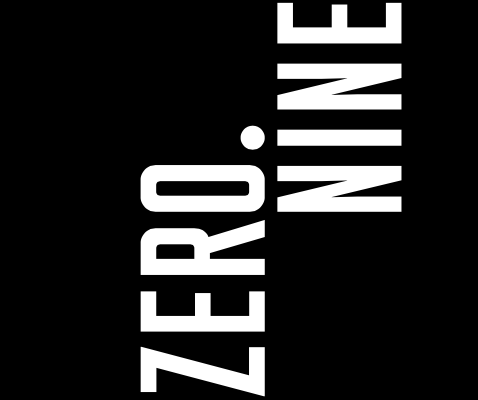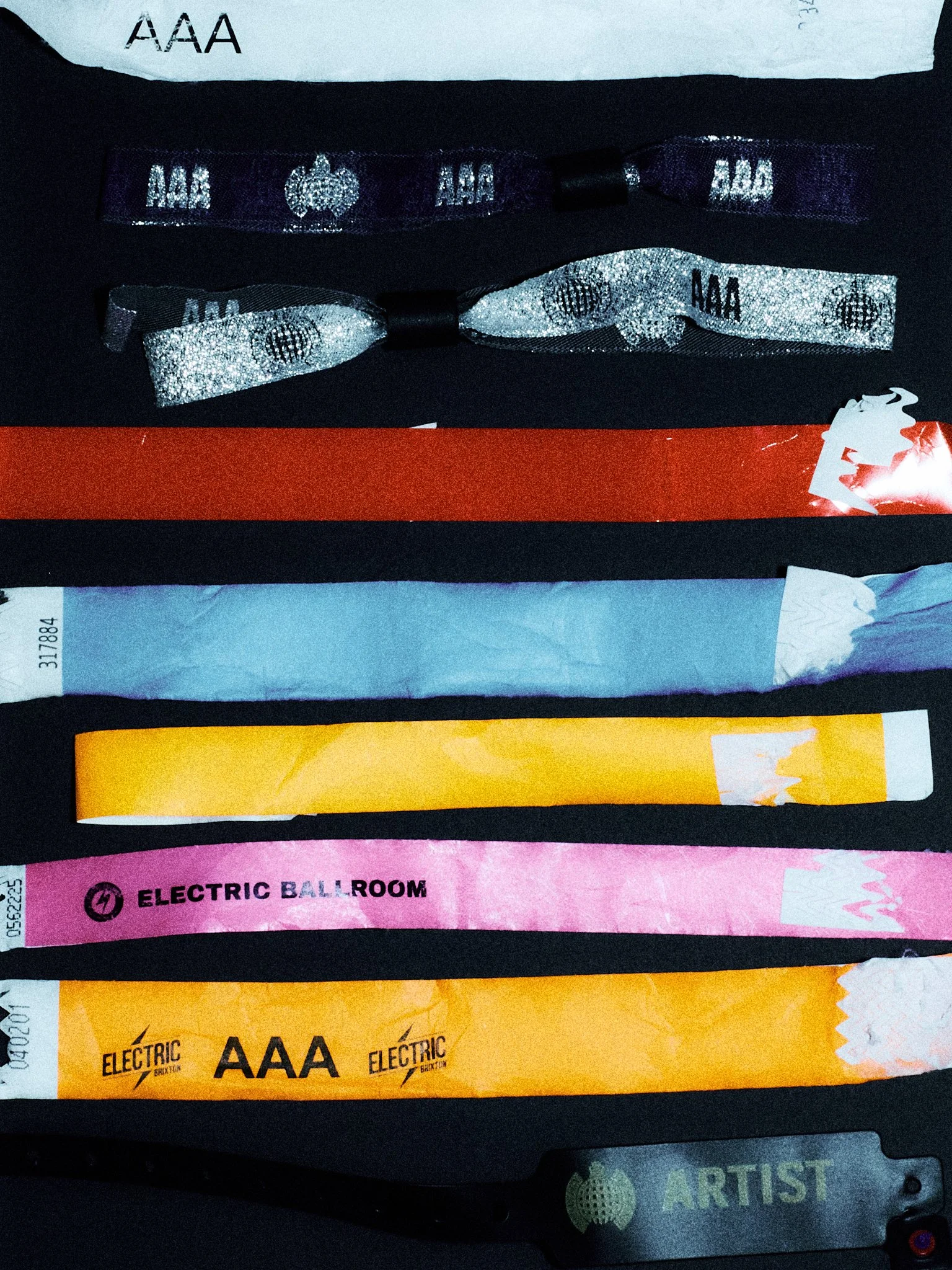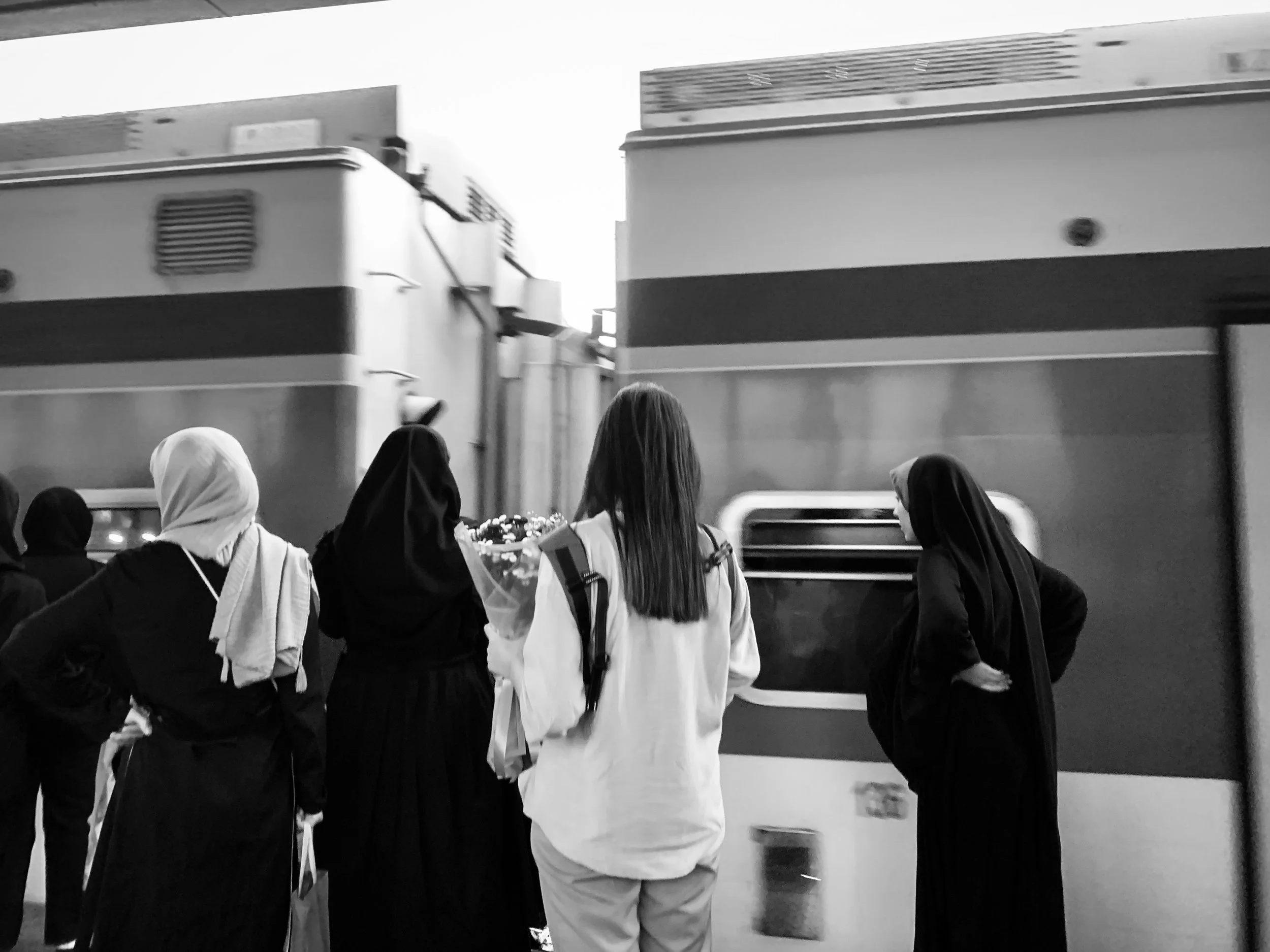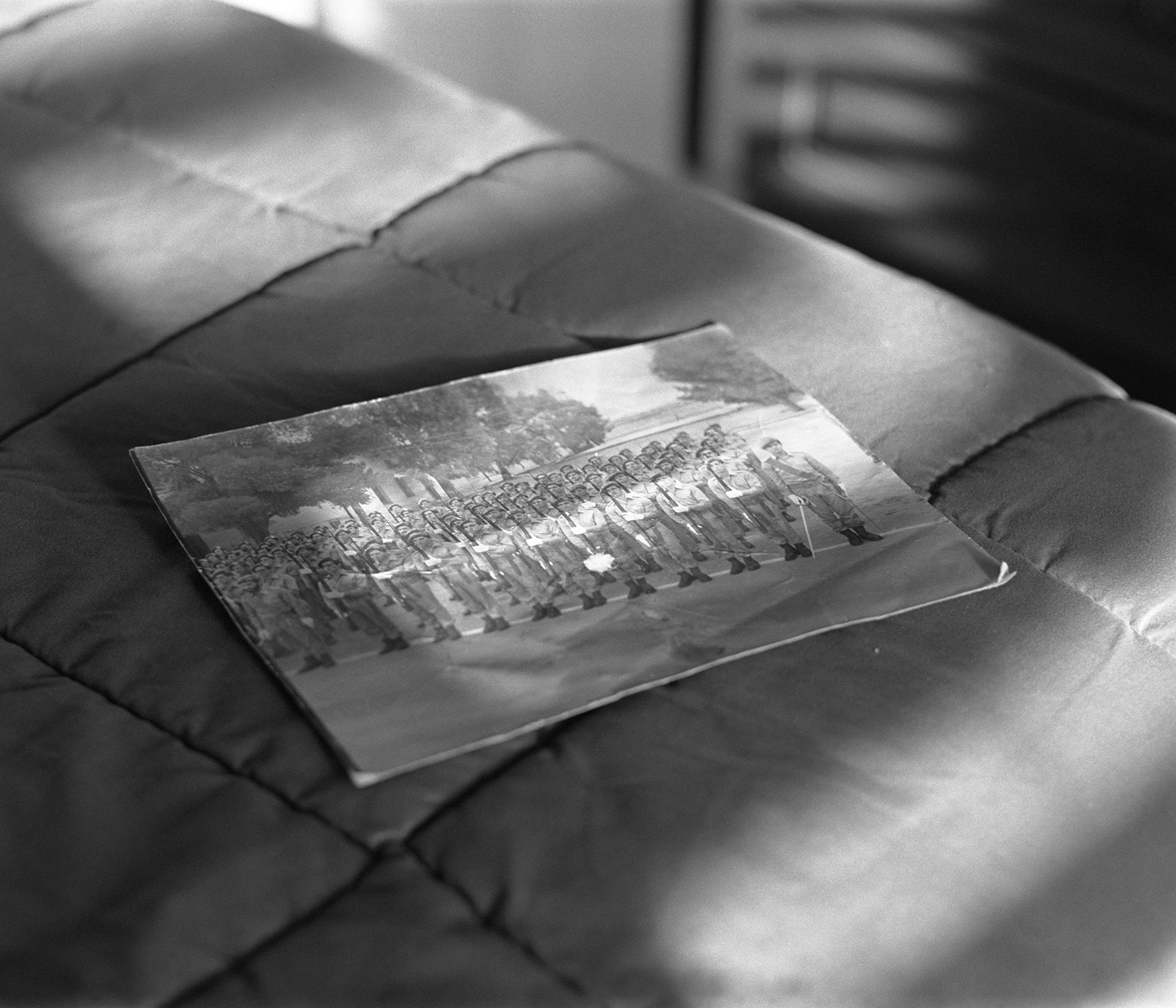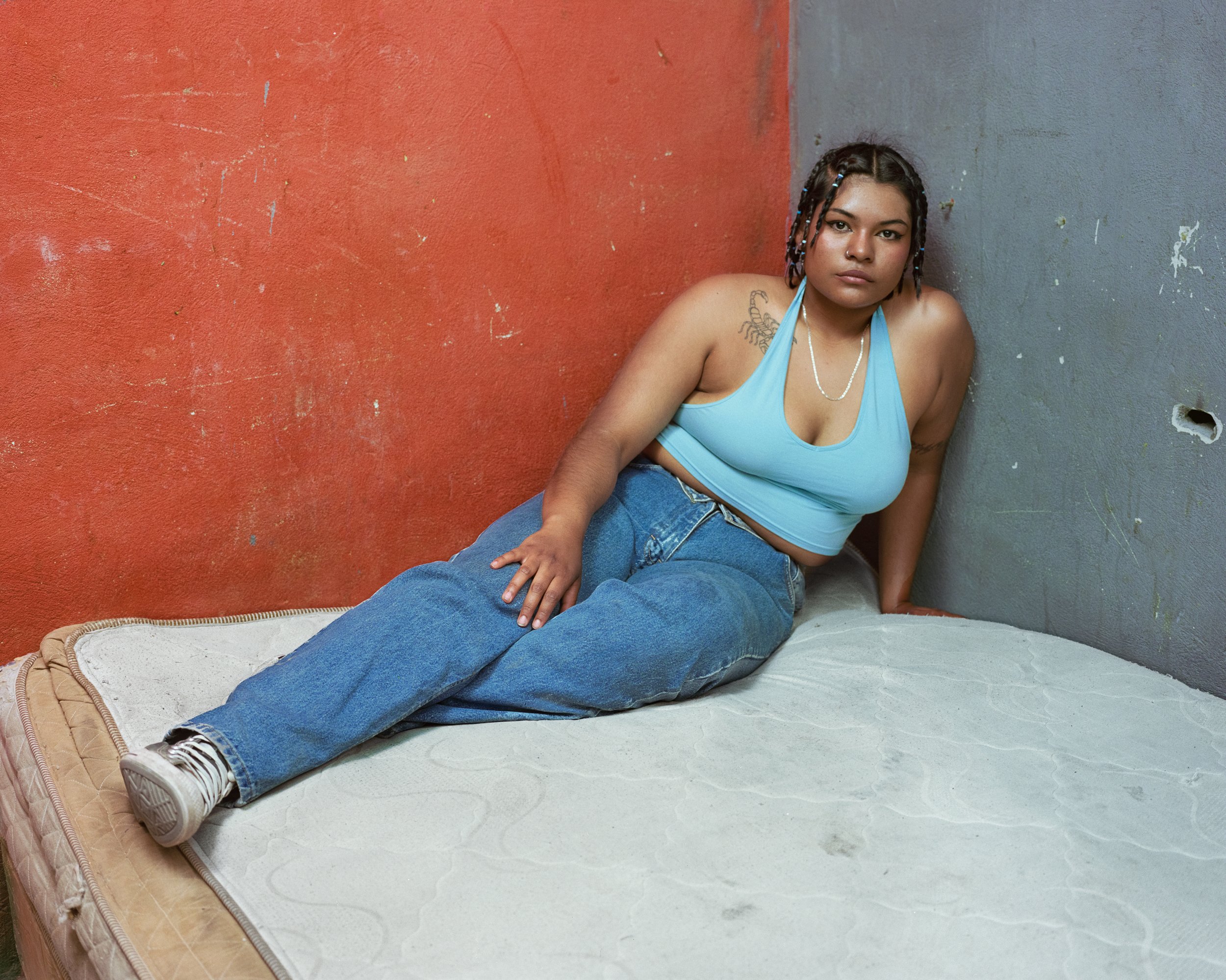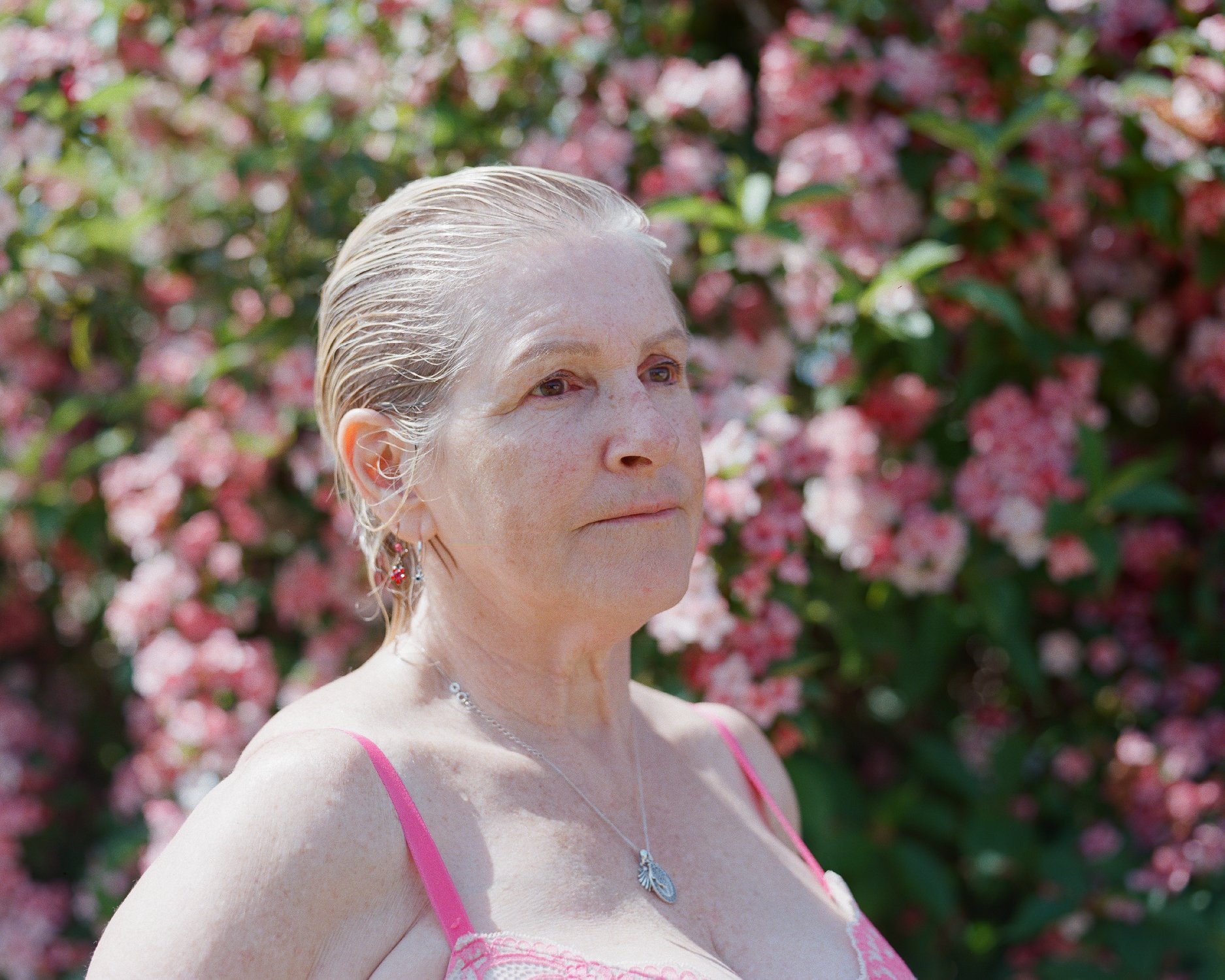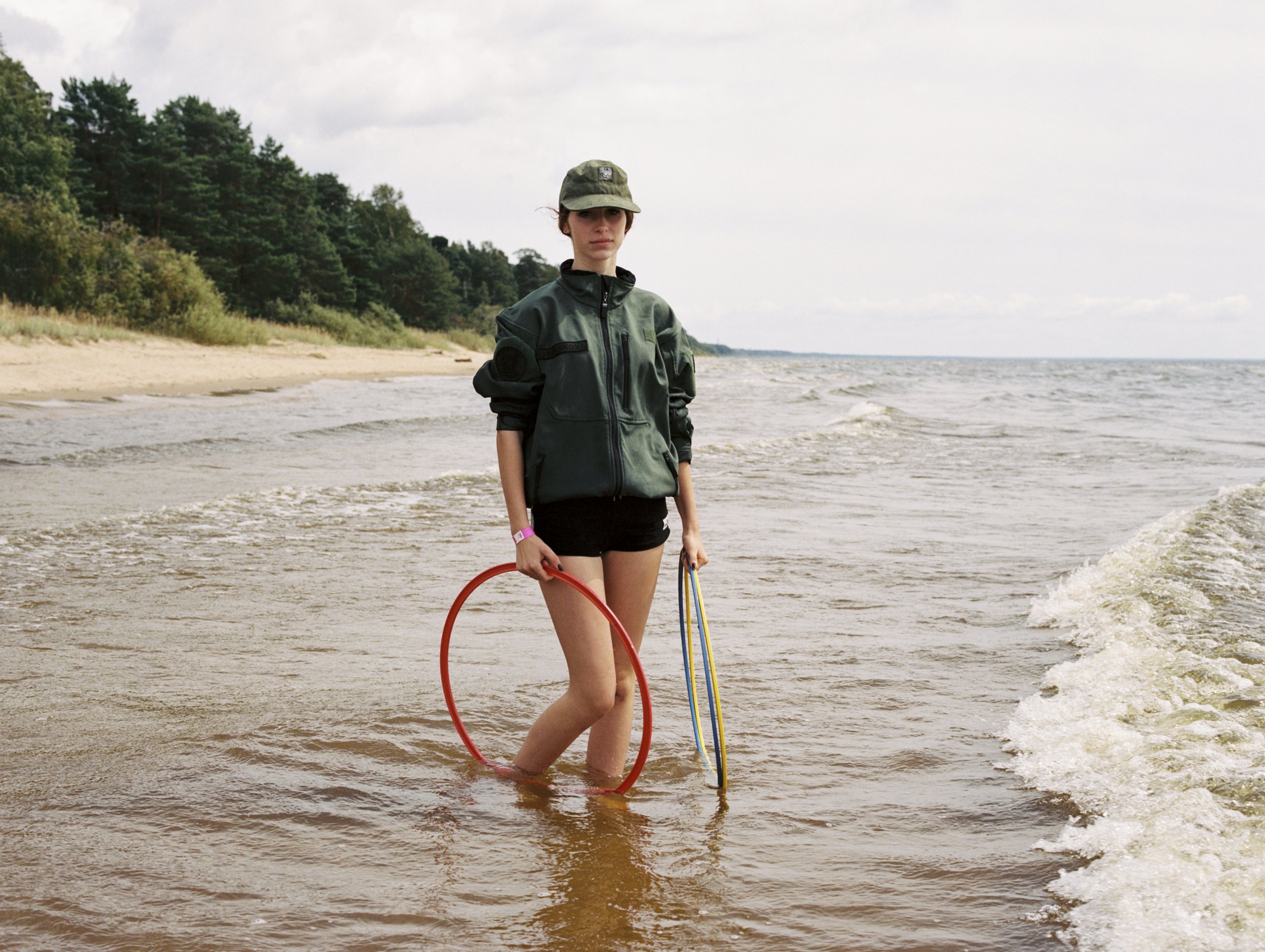I have nothing
With his ongoing series ‘I Have Nothing’, Lagos-based photographer Ebenezer Okike documents Nigeria's new generation, delving into emerging stereotypes and desires. The resulting images feel very personal and intimate, capturing details and scenes of daily life in Nigeria.
Photography Ebenezer Okike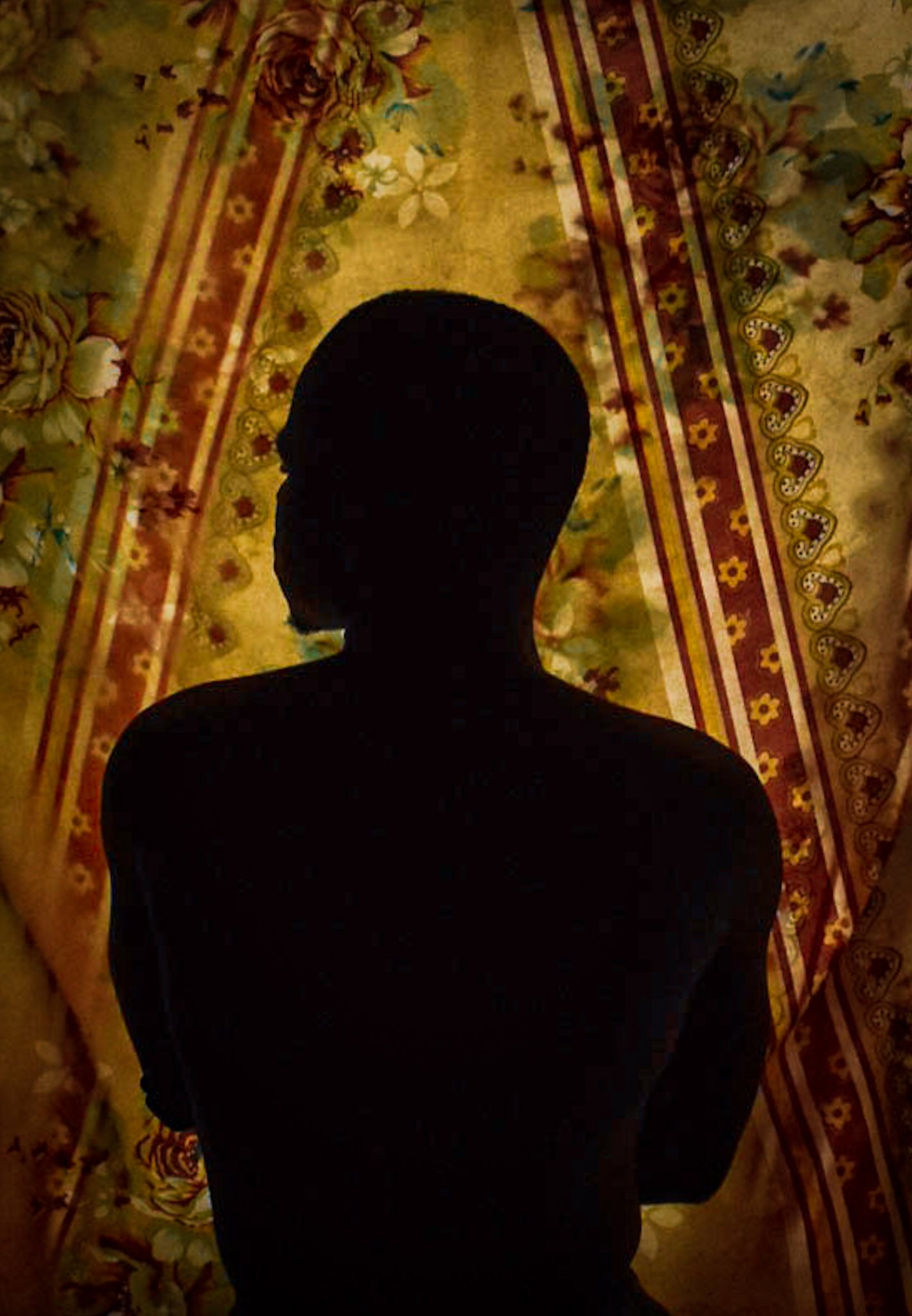
With ‘I Have Nothing’ I am trying to draw attention to a new generation with emerging stereotypes and desires in Nigeria, reaching out to communities and employing artistic representation to tell stories that go beyond their present state but also innate traits, traits that have shaped their culture or have been shaped by their culture. I am trying to understand the nature of time in things, the fleeting desires that come with humanity and our everlasting thirst for purpose in both the material and those things which cannot be seen.




“With ‘I Have Nothing’ I am trying to draw attention to a new generation with emerging stereotypes and desires in Nigeria.”




About Ebenezer
Ebenezer Okike is a documentary photographer from Nigeria. After spending time in Southern Nigeria, he developed a deep interest in documenting the state of immigration and education in Cross River State, particularly as it serves as an influx zone for Cameroonians fleeing from the Ambazonian conflict. This became his first documentary project.
His works have been published in Fisheye Magazine, Photoletter, Tellthatstory, and Itchysilk Magazine.
He has participated in various workshops, including the Kintzing workshop with Emma Hardy and Rosey Lakos, a Photojournalism workshop with Pascal Maitre sponsored by the Alliance Française and the Storymi Academy, the Reuters photojournalism workshop, the Museum of Modern Art and Nlele Institute photography workshop, and most recently, the Africa Foto Fair portfolio review facilitated by Aida Muluneh and Finbarr O’Reilly. His current practice incorporates artistic elements to narrate stories about his ideas, hopes, struggles, and perception of societal beliefs in everyday life. He is a member of the African Photojournalism Database and resides in Lagos.
Make sure to follow him on Instagram to see more of his work.
READ NEXT
With a sharp eye for atmosphere and emotion, photographer Burak Yasar turns his lens toward the hidden world of nightlife. His work captures not only the surface energy of music and movement, but also the fleeting, vulnerable moments that emerge in the shadows.
Berlin-based mixed media collage artist Rita Evs explores fragility, trauma, and the notion of “home” within a multicultural context. Her work transforms everyday elements into unfamiliar forms, prompting viewers to look anew at what they think they know.
Photographer Michéa Nathan captures the soul of Saintes-Maries-de-la-Mer during its annual pilgrimage. Each May, this small Mediterranean village becomes a meeting point for faith and tradition, as thousands gather to honor Saint Sarah the Black in a celebration that unites communities through music, devotion, and shared heritage.
This shoot, Fighting for Identity, draws a parallel between the boxing ring and the everyday battles of living authentically as a transgender woman. The gloves and gear embody societal pressures, while the model’s presence radiates resilience, vulnerability, and defiance. Juxtaposing strength with femininity, the images challenge outdated notions of gender. It’s a story of exhaustion, courage, and ultimate triumph—the universal fight for respect, dignity, and freedom.
Through intimate portraits of actors, dancers, sex workers, and mothers, the work navigates the raw and often uncomfortable space where desire and maternal identity intersect. “The Body Is Not A Thing” is a photographic exploration of the tensions between autonomy, sexuality, and motherhood. Conceived during lockdown and shaped by a political landscape increasingly hostile to women's rights, the project interrogates how women are viewed and how they view themselves in a culture saturated with the male gaze.
Paw Paradox is a thought-provoking project by German photographer Caroline Heinecke that explores the surreal history of animal trials — where pigs, insects and even elephants were brought before human courts. By blending AI-generated imagery with documentary photography, Heinecke investigates the shifting boundaries of legal rights, ownership and agency between species.
Shot entirely on an iPhone inside the women-only carriages of the Tehran–Karaj metro line, Days on the Way is Parastoo Ghahremanifard’s raw and poetic study of in-between moments. What begins as a daily commute unfolds into a meditation on silence, repetition, and quiet defiance. Parastoo documents a suspended reality where exhaustion is etched into faces. In this overlooked public space, the everyday becomes a stage for both weariness and resilience.
With ENNUI, Giuliana Borrelli reflects on the quiet weight of disconnection and the search for self within the spaces we call home. Moving between her childhood home in Italy and her current life in Norway, the project traces a deeply personal journey — one marked by silence, longing, and the slow, transformative act of reclaiming identity.
In Soumoud In Dark Times, Palestinian artist Rehab Nazzal documents life under siege in the West Bank during Israel’s intensified occupation from October 2023 to November 2024. Through 41 poignant images, she captures devastation, resilience, and the visual truth of a people resisting erasure during what many have called a live-streamed genocide.
In Bravo, artist Felipe Romero Beltrán crafts a quiet yet powerful meditation on migration, identity, and resilience along the US–Mexico border. Set within the charged landscape of the Rio Bravo, his work captures the tension of waiting, where absence speaks as loudly as presence and time itself becomes a suspended, fragile state.
You Never Walk Alone, a photo series by Katya Ilina, offers an intimate portrait of London’s K-pop fandom. With warmth and clarity, Ilina captures a vibrant subculture where predominantly female and queer fans reclaim space, challenge gendered biases, and transform shared passion into a powerful expression of identity and joy.
Chrysalis is a visual series by Georgiana Feidi, a Cluj-Napoca–based artist whose work bridges digital and analogue techniques. Exploring Earth as a living organism in transformation, Feidi blends surreal imagery, post-processing and ethereal tones to reflect on nature’s cycles, human interconnectedness, and the quiet power of planetary renewal.
Elzbieta Zdunek’s digital collages explore themes of identity, perception, and the pressure of external judgment. Her work questions how many versions of the self exist, shaped by context and subjective interpretation. Through repeated visual elements, she highlights the cyclical nature of human behaviour, the illusion of choice, and the constant tension between how we see ourselves and how we are seen by others.
Objects hold stories. Not just in their use, but in their wear, their shape, and the silent they witness. In the intimate space where beauty meets routine, something deeper is revealed. This project by Stacy Greene began with a glance, but quickly unfolded into a quiet investigation of identity, memory, and form.
With her project Die Schlange, photographer Nancy Jesse presents a hauntingly intimate and cinematic portrayal of life within a surreal architectural organism. The vast Berlin housing complex has been built above a motorway and contains over 1,000 apartments. Her use of light and framing evokes a dreamlike, almost dystopian atmosphere—subtly echoing the building's strange, pulsating core.
Fists of Hope, a quietly powerful photo documentary by Olaoluwa Olowu, follows the life of Janet, a young female boxer fighting to rise in Ghana’s male-dominated boxing scene. Set against the raw backdrop of Jamestown, this project captures not only the physical intensity of her training but also the emotional endurance required to survive invisibility, poverty and systemic neglect.
Mi Faddi by photographer Aisha Hanan Buhari is a poignant series of conceptual portraits featuring her siblings. Exploring themes of protection, family and privacy, the work reflects the challenges of living in the public eye. Rare nautilus shells are physically placed on top of the images, symbolically shielding the subjects and emphasising their preciousness in both personal and universal contexts.
In her series, Katherine Flynn explores the beauty of liminal space—those transitional states found in abandoned landscapes and within ourselves. Working from a desert junkyard turned creative lab, she repurposes found VW mirrors and doors to frame her images, transforming discarded objects into vessels of memory, stillness, and reflection.
With the launch of his new photo studio in Hackney Downs, portrait artist Matt Ford introduces People Watching—an ongoing series of short video portraits featuring the individuals he photographs in the space. We are proud to present the first film featuring performance artist Pretzel Cage.
Photographer Kip Harris brings At Work to Place M Gallery in Tokyo, showcasing four decades of environmental portraiture. From Morocco to Peru, his images celebrate the quiet dignity of labour, capturing craftsmen, street vendors, and everyday workers immersed in their element. The exhibition runs May 26 – June 1.
British photographer Zed Nelson has just been awarded ‘Photographer of the Year’ for his series ‘The Anthropocene Illusion’. His work focuses beyond the destructive human impact on the natural world, examining the sterile environments humans have built to satiate our craving for natural spaces. We spoke exclusively to Zed about what inspired him, his approach and how the project developed over the course of six years.
Photographer Magdalena Correa presents a powerful selection of photographs at Tönnheim Gallery in Carabanchel, Spain. The exhibition revisits her most emblematic projects in Latin America, portraying remote communities through an immersive and poetic lens that captures both the rawness and surreal beauty of life on the margins.
In the Quiet Heart is photographer Amaan Ali’s personal take on summer camp — not just the fun and games, but the quieter moments that often go unnoticed. His images are tender and observant, capturing kids on the edges: lost in thought, drifting away from the crowd. There’s a stillness to them that lingers — a quiet honesty that feels rare and real.
Paradise by Gian Marco Sanna is a haunting visual reflection on humanity's estrangement from nature. Through stark imagery and silence, the project explores our descent from harmony to destruction, questioning freedom, consumerism, and the illusion of progress as we drift further from the origins that once defined our existence.
Why Am I Sad, published by Kehrer Verlag, is Dana Stirling’s moving photographic meditation on depression, memory, and healing. Through quiet still lifes and deeply personal reflections, Stirling invites readers into an honest exploration of mental health, where photography becomes both a question and a lifeline.
In this intimate exploration, Maria Harris-Sutton explores the delicate intersection of the material and spiritual worlds. Her photographic series, Daydream, captures the ethereal space between these realms, offering a personal reflection on memory, spirituality, and the elusive moments that shape our understanding of self and connection.
Through cutting, folding, and weaving old family photos, the artist explores how joy and trauma intertwine. This tactile reworking of images reveals how even our happiest memories are shaped—and sometimes undone—by what followed them.
In a quiet corner of North London, where tradition meets dedication, Salle Paul Fencing Club has been shaping champions and nurturing a love for the sport since the early 1930s. Stepping inside the club on a buzzing weeknight, the energy is palpable—fencers of all ages sparring across metallic pistes, blades clashing rhythmically in a blur of movement. At the centre of this hub is Pete Eames, the Club Secretary, who offered an insightful look into Salle Paul's unique philosophy, its deep history, and its inclusive approach to fencing.
In Iron Curtain, Polish photographer Natalia Kepesz travels from Estonia to Ukraine, tracing the emotional and psychological impact of war and proximity to Russia. Through powerful portraits and quiet observations, she captures a continent on edge—where young people adjust their dreams, elders recall past horrors, and borders quietly reshape everyday lives.
In a remote valley of Northwest Pakistan, Danish photographer Laura Riis documents a quiet transformation. Her project captures the personal and cultural complexities of religious conversion among the Kalash—a small indigenous community navigating the tension between ancestral traditions and Islam. Through tender, intimate portraits, Riis explores faith, identity, and the difficult choices faced by a new generation.
